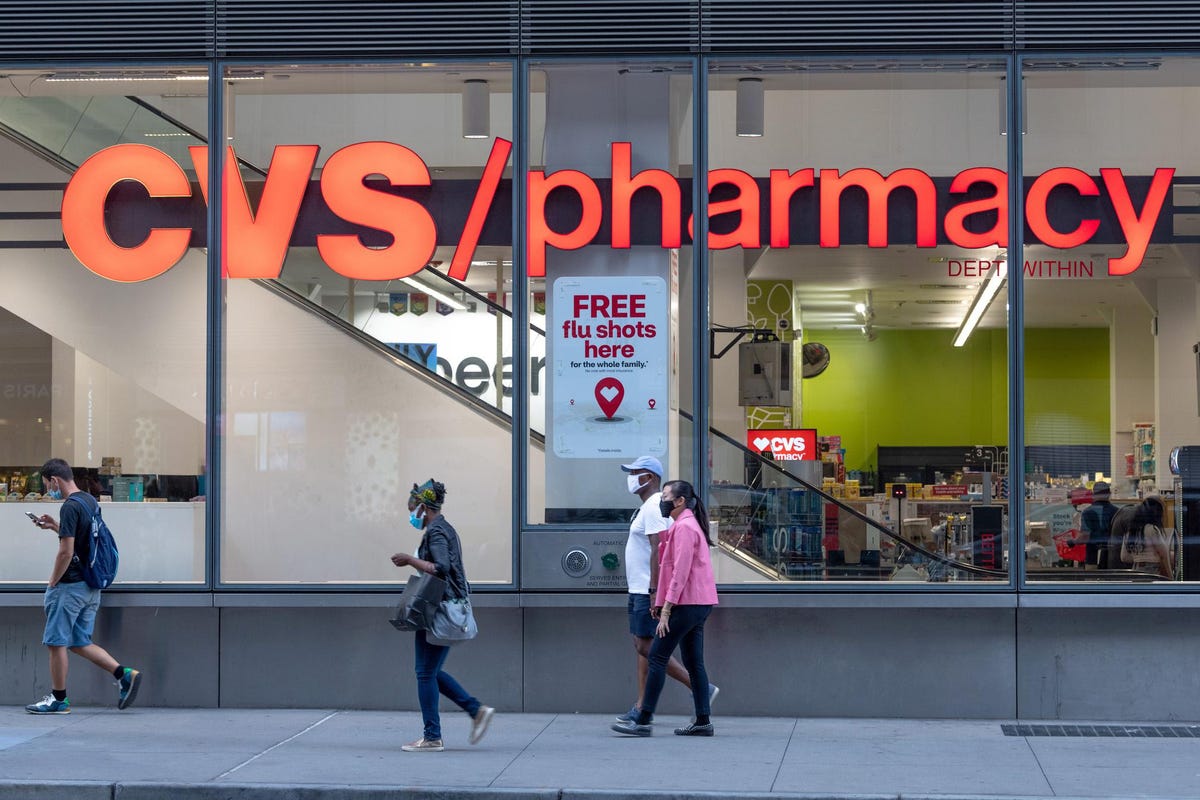
NEW YORK, NEW YORK – AUGUST 26 2020: CVS Pharmacy. Photo by Alexi Rosenfeld/Getty Images
In the latest announcements of store closures, CVS will close about 900 stores over the next three years, and Macy’s has added ten more stores to its list of 125 to close by 2023. The trend of traditional big-box and established retailers closing doors is far from new. Disney, Best Buy, The Children’s Place, American Eagle, and the Gap are just some of many brands that have announced store closures this year. As consumers shift to online transactions, the need for vast amounts of physical locations is diminishing.
However, the closure announcements have made it difficult to see the bigger picture; retail vacancies are at their lowest. In other words, retail real estate demand is rising. In CBRE’s Q3 report on U.S Retail, overall retail availability fell to a 10-year low of 5.9%. Neighborhood, community, and strip center availability also hit a 10-year low of 8.3%. Similarly, according to the U.S. Census Bureau, Q3 e-commerce accounted for 13% of retail sales, the lowest share since Q3 2020, indicating a return of physical retail. There are many headlines about closures but few regarding openings. And this data suggests there are more of the latter. A big player in openings this year is Dollar General, which plans to open over 1,000 new stores. Meanwhile, many digital brands are opening physical locations, including the newly public companies Allbirds and Warby Parker.
CBRE’s report did note an increase in lifestyle and mall availability since 2019, driven primarily by low demand for Class B and C assets. That’s where retailers struggle. To move the industry forward, and for traditional retailers to ensure success, they need to clean house of their poor performing assets. It’s not a depiction of the industry’s failures but rather affirmative of its future.
Macy’s, which announced a positive Q3 EPS of $0.76, closed about 65 stores this year and has delayed plans to close another 60. However, it’s made some considerable efforts over the years to modernize its brand by investing in retail start-ups like B8ta, purchasing Story, and, more recently, partnering with Toys “R” Us. In Thursday’s call, CEO Jeff Gennette stated, “since bringing the Toys’ R’ Us business to macys.com in August, our toys sales have more than doubled in stores and online compared to 2019, and we continue to expand on our assortment in these emerging categories.” The closures are, therefore, part of a much bigger plan to resurrect the brand’s success.
Beyond CVS’s plan to close 300 stores per year for the next three years is to re-imagine the retail experience for customers. It will be dedicating sites to primary care services and developing an enhanced version of its HealthHUB locations that focus on medical care and products for everyday health. It’s grasping onto the trend of experiential retail and evolving its business to meet that demand. The announcement of store changes followed a Q3 earnings report that exceeded expectations, with an EPS of $1.97 and a 10% increase in revenue year-over-year.
MORE FOR YOU
Retailers are closing stores because it allows them to re-design their store models and meet consumer demand for experiential retail. It’s a natural evolutionary process essential to survival and good for the industry. And ultimately, despite the closures, demand for retail real estate is on the rise.







